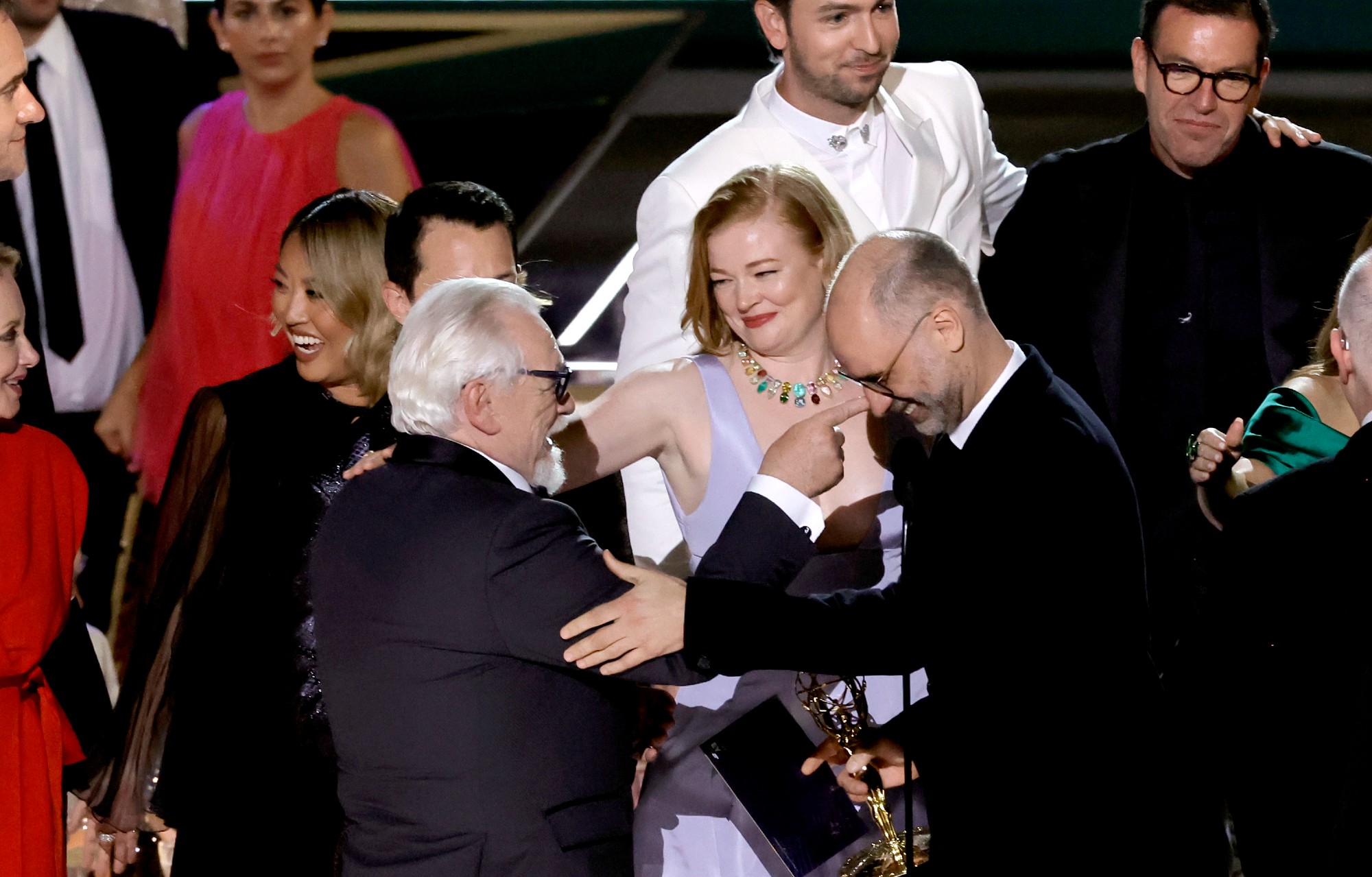
YouTube has defended its royalty scheme for artists, claiming that it’s close to being the top revenue source in the industry.
Katie Oyama, the platform’s director of government affairs and public policy, was quizzed by MPs this week as part of the Digital, Culture, Media and Sport’s (DCMS) ongoing inquiry into the economics of music streaming.
- READ MORE: Mark, My Words – from music to healthcare, the public is being asked to plug broken systems
YouTube’s written evidence [seen by MusicWeek], which says that “record labels agree it is possible we will become the music industry’s number one source of revenue by 2025”, was challenged in the hearing by British Phonographic Industry (BPI) CEO Geoff Taylor. He said it “does not reflect” his experiences.
Oyama responded by saying that in 2019 YouTube “sent $3 billion to the music industry” and suggested its royalties will eclipse Spotify‘s.
“We don’t yet have our 2020 numbers done, but it’s been growing every year,” Oyama said. “So we have no reason to think it has not grown quite significantly last year” [quotes via MusicWeek].

She continued: “Spotify, in the last press release I saw for them for Q4 of last year, 2020, is that they’re sending $1billion per quarter to all rights-holders – so music, I’m sure, is a significant portion but also podcasts and others.
“So if you just look at that data, we are close [to being the number one revenue source] and we absolutely want to get there. We want to be the best partner possible to the industry. If we make money, artists make money. I think our interests are very aligned and that’s where we want to be – we want to grow the business.”
When asked to address the so-called “value gap” – the average amount of money paid by YouTube per-stream, which the music industry has claimed in the past is much smaller than the per-stream pay-outs from the likes of Spotify and Apple Music – Oyama declined. She argued that she couldn’t reveal a per-stream rate since YouTube is based on an advertising model (adjacent to its paid subscription package).
Oyama was also asked about YouTube’s “safe harbour” provisions, whereby the platform isn’t legally responsible for the uploading of unlicensed content by users, provided that it either compensates the rightsholders or removes the infringing content.
Kevin Brennan MP asked Oyama if the laws were a “‘get out of jail card’ for YouTube”, to which she pointed out that the company has paid $12 billion to music industry rights-holders (up to the year 2019).
The hearing comes weeks after the DCMS committee inquiry was told that emerging acts face “massive competition” from classic artists on streaming services.
The post YouTube defends its record of paying royalties to artists appeared first on NME | Music, Film, TV, Gaming & Pop Culture News.







